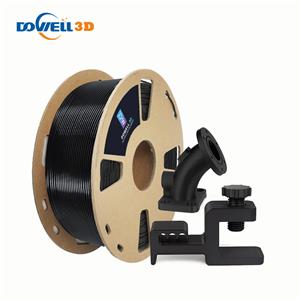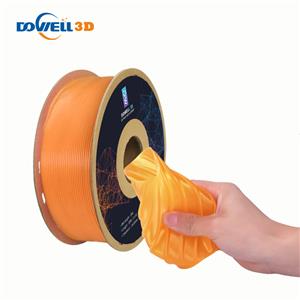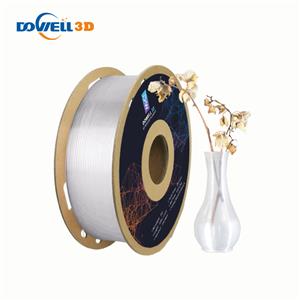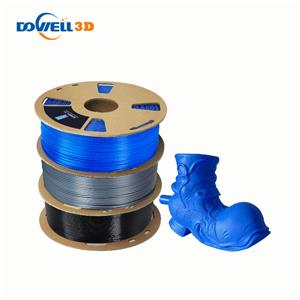PETG filament benefits and drawbacks on 3d printing
PETG filament, also known as Polyethylene Terephthalate Glycol, is a co-polyester known for its durability and ease of use. The G in PETG, stands for glycol-modified, which makes the end product clear, having glass-like visual properties.
What are the Benefits of PETG Filament?
There’s a lot more PETG filament on the market, and that’s for good reason.
It prints at a lower temperature (about 230 °C instead of 260 °C).
It has exceptional layer adhesion.
The qualities above make PETG great for 3D printing, but there are some more general reasons why PETG can be more advantageous:
It’s more durable.
Overheating won’t discolor or leave it brittle.
It is highly impact-resistant.
It can be sterilized.
What are the Drawbacks?
There aren’t many disadvantages to printing with PETG.
Of the few, PETG is more prone to scratches and scuffs than PET is. It’s also true that, despite being comparable to PLA for its ease of printing, many makers do find PETG a bit trickier to print than other materials.
It certainly has its quirks, so you’ll need to find the “sweet spot” for your print settings. For example, you’ll likely find more clumping at the nozzle and more stringing when compared to PLA. If you’re using a glass print bed, PETG is great for releasing after cooling – but mind the easy release during your print and make sure your bed temperature is high enough to keep it stuck.
Because of these challenges, you’ll likely have to experiment with the settings in your slicer.




